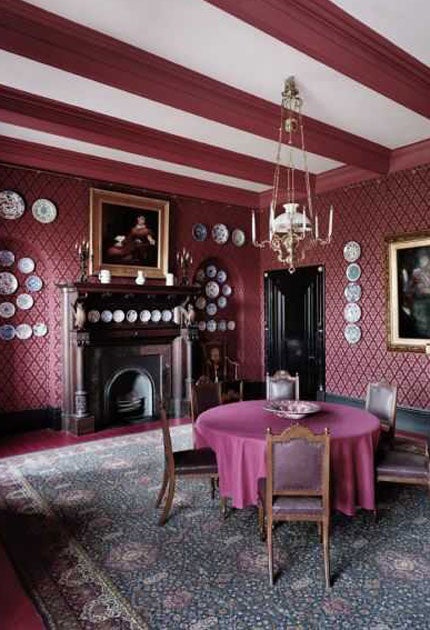Leighton House Museum, Leighton House, London
Lost in a house of frill repute

Lord Leighton was one of the most successful artists of the Victorian era. In 1865, he bought a modest house for himself in South Kensington. Over the next three decades he transformed that house into something akin to a grandiose palace of art. Unfortunately, at his death all the contents of the house – furniture, paintings, ceramics – were sold off. When it came to be opened to the public as a museum in his memory within a couple of decades of his death, it felt rather hollow, like an empty shell. Now, after more than two years of refurbishment, the house looks more like its former self. Paintings that once hung here have been lent back. Copies of some of the furnishings have been lovingly re-created. Floors have been re-painted, red and blue. Even some of the paintings have been copied – take a look at the fake Corots in the drawing room. You can now see the house much as Leighton would have enjoyed seeing it, in all its grandiose vulgarity, complete with his paintings, which are some of the worst, the most sugary, the most overlarded with false sentiment, that were ever painted to please the eye of a reigning monarch. Yes, Queen Victoria set him on his way to fashionable prosperity by purchasing one of his vast canvases from the Royal Academy.
Leighton – like the painter Frederic Church, his American contemporary, who created a fake-Moorish palace called Oleanna for his own delectation which overlooks the Hudson Valley to this day – had a love for fake oriental extravagance, so the centrepiece of his house is its Arab Hall, complete with walls of Damascene tiles (acquired for him by his friend Richard Burton), lattice screens, niches, a newly re-gilded dome, and sputtering fountain. If you walk backwards out of this essentially purposeless space, gingerly, reverentially, awkwardly (as befits a quasi-religious experience), you find yourself in the Narcissus Hall, and then into the Staircase Hall, where several grand ceremonial flights, ever on the turn, sweep you up to the Silk Room and thence to Leighton's studio. Paintings are everywhere, and very few of them are worth a second glance. Those which are worth a second glance – the loaned portrait of an old man by Tintoretto above the fireplace in the Silk Room, for example – seem diminished by being in the same company as wretched, muddily painted "Rizpah", or other sugary, pouty dames of unfathomable sorrow with names like "Pavona" or "Bianca". Fabrics tastefully drizzle from the backs of chairs. There is a flourish of peacocks' feathers. We are almost tempted to lounge on a divan.
What exactly was Leighton up to here? Well, he was up to the serious business of promoting his own art and that of his friends. It was all spectacle. He encouraged tours by journalists and art lovers, and they came, in their droves, from all over the world, and left detailed accounts of their visits.
Reopens 3 April (020 7602 3316)
Subscribe to Independent Premium to bookmark this article
Want to bookmark your favourite articles and stories to read or reference later? Start your Independent Premium subscription today.

Join our commenting forum
Join thought-provoking conversations, follow other Independent readers and see their replies